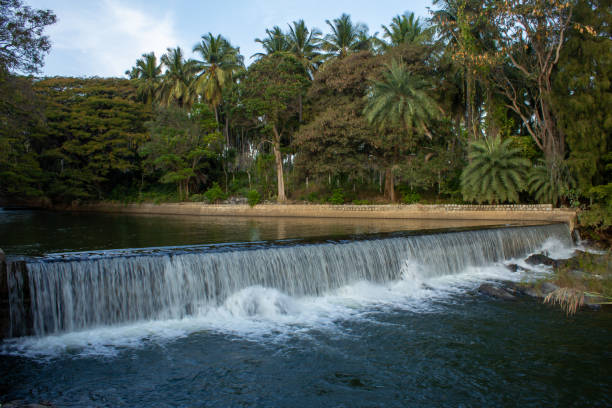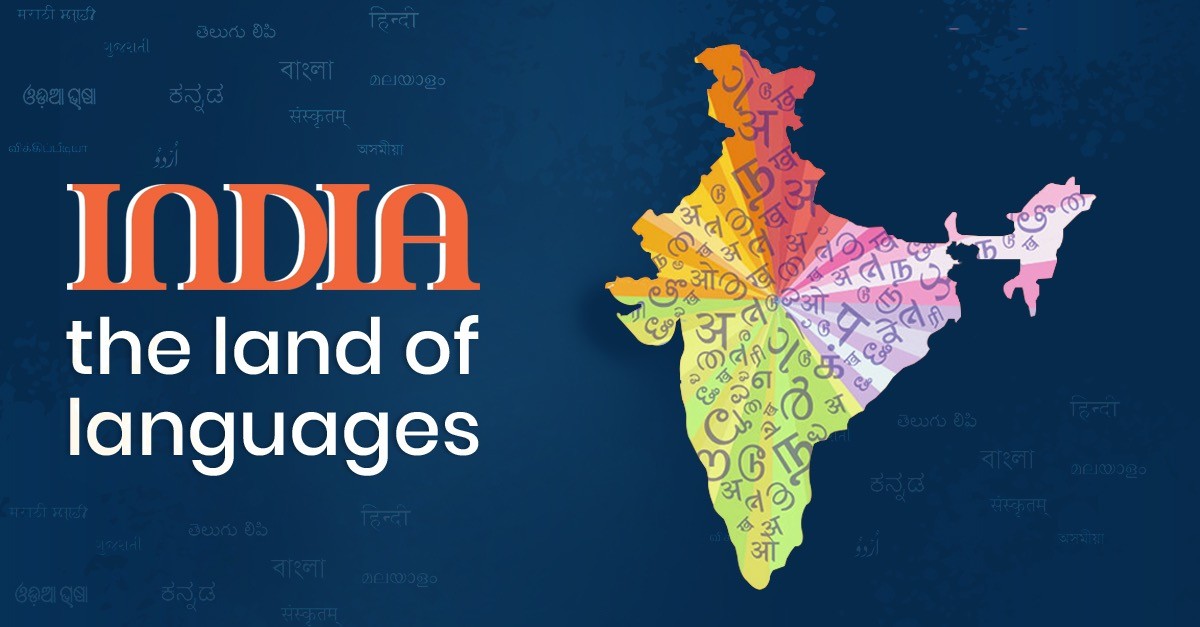India, with its diverse geography and complex network of rivers, often finds itself embroiled in disputes over the sharing of its precious water resources. One such long-standing and contentious issue is the Cauvery water row, which centers around the distribution of water from the Cauvery River, a vital lifeline for the southern Indian states of Karnataka and Tamil Nadu.
Historical Origins of Cauvery:
The roots of the Cauvery water dispute can be traced back to colonial-era agreements when the British established the Princely State of Mysore, which later became Karnataka. These agreements attempted to allocate water from the Cauvery River, which originates in Karnataka, flows through Tamil Nadu, and ultimately reaches the Bay of Bengal.
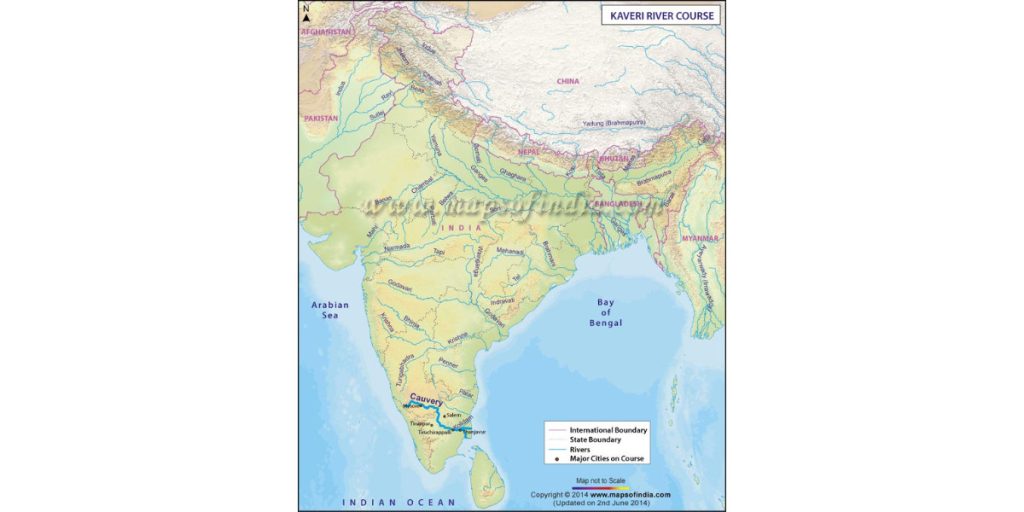
The Dispute’s Core Issue:
The central issue revolves around how to distribute the Cauvery’s waters fairly among the riparian states, considering changing agricultural needs, population growth, and variable water availability due to seasonal and climatic factors. Karnataka argues for a greater share of the water to meet the needs of its burgeoning population and agriculture, while Tamil Nadu insists on its historical rights to a specific water allocation.
Legal Battles and Tribunals for Cauvery:
Over the years, the dispute has been mired in legal battles and negotiations. The Cauvery Water Disputes Tribunal was formed in 1990 to address the matter and make recommendations for water allocation. After years of deliberation and examination of facts and figures, the tribunal issued its final award in 2007, which specified the annual water sharing formula between Karnataka and Tamil Nadu.
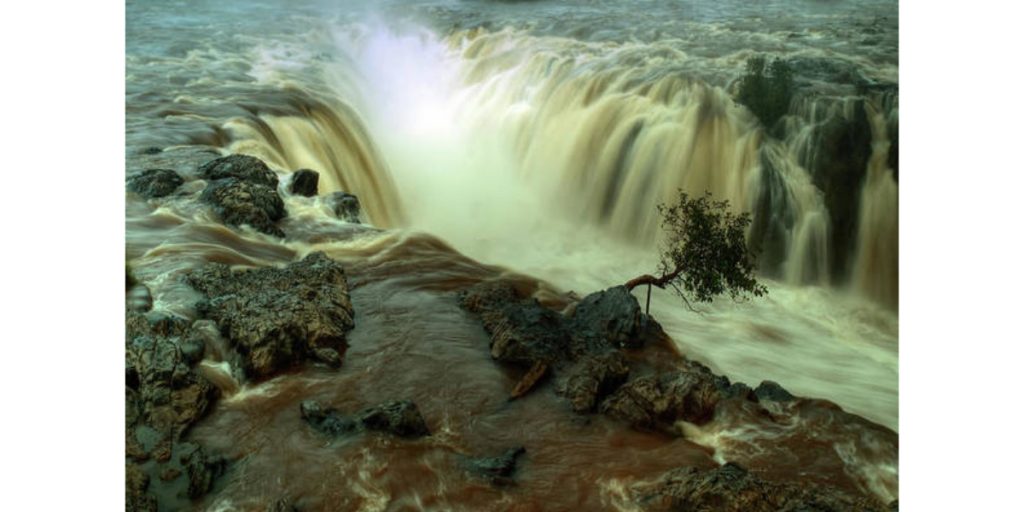
Also Read: Bengaluru Bandh: Airlines issue travel advisories, ask passengers to report early
Protests and Unrest:
The dispute has often spilled onto the streets, leading to protests, unrest, and even violence. Both states have witnessed agitations by farmers and political parties, who have called for a more favorable allocation of Cauvery waters.
Court Interventions in Cauvery water dispute:
The matter reached the Supreme Court of India, which has, on multiple occasions, intervened to ensure the implementation of the tribunal’s orders. The apex court has issued directives to release water from Karnataka’s reservoirs to Tamil Nadu during the crucial planting and growing seasons, particularly when the monsoon rainfall is insufficient.
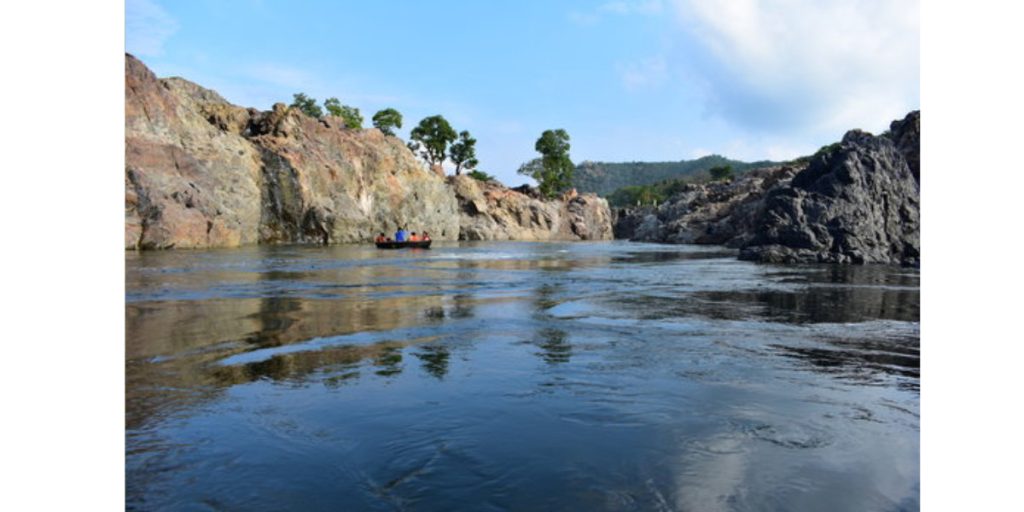
Ongoing Challenges:
Despite legal decisions and court interventions, the Cauvery water dispute remains far from resolved. Differing interpretations of the tribunal’s orders and ongoing disagreements about the allocation of surplus water during normal and distress years continue to be contentious issues.
The Human Impact:
The Cauvery water row has had a significant impact on the livelihoods of millions of people in both Karnataka and Tamil Nadu, especially those dependent on agriculture. In years of water scarcity, farmers face crop failures and economic hardships.
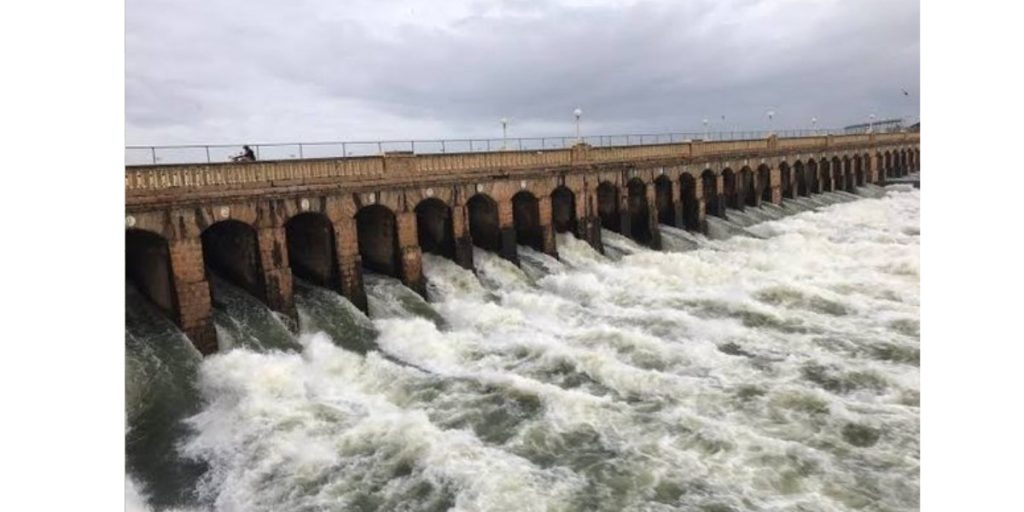
Conclusion:
The Cauvery water dispute is a complex and emotionally charged issue that underscores the challenge of sharing vital water resources among India’s states. It has implications for agriculture, economic development, and the well-being of the people in the region. As the dispute persists, it underscores the need for equitable and sustainable solutions to address India’s growing water challenges and the imperative of cooperative federalism in resolving inter-state water disputes.







